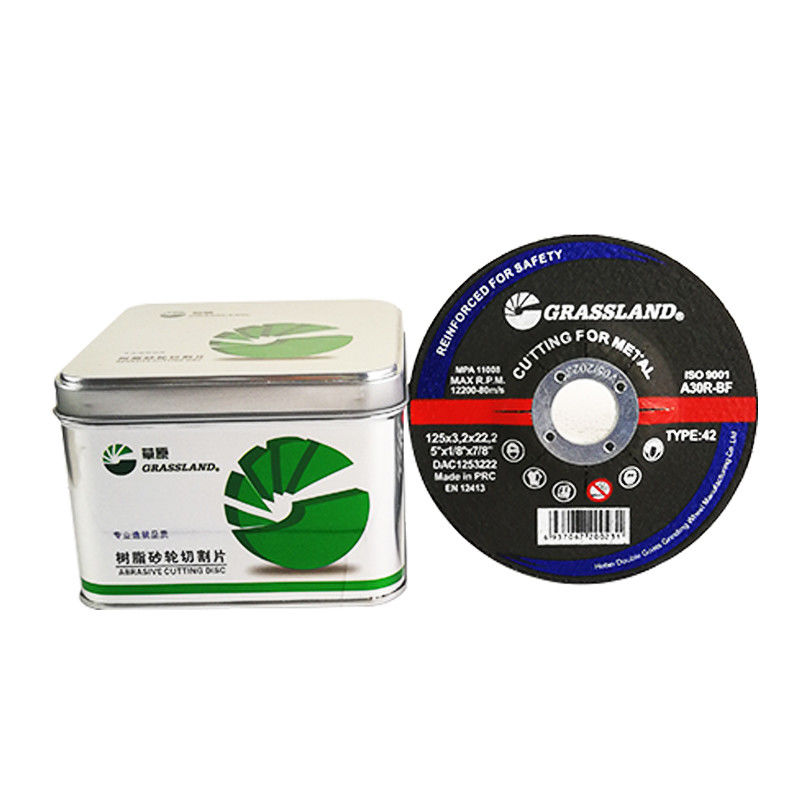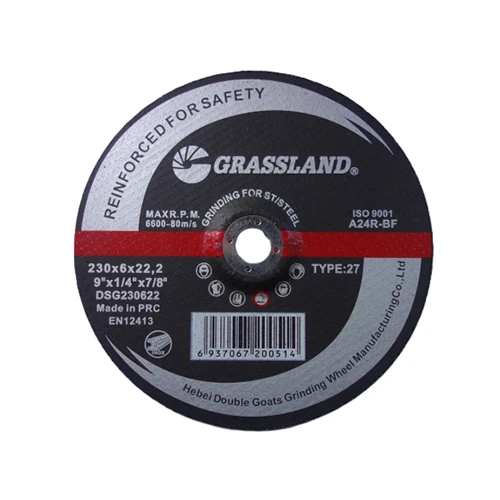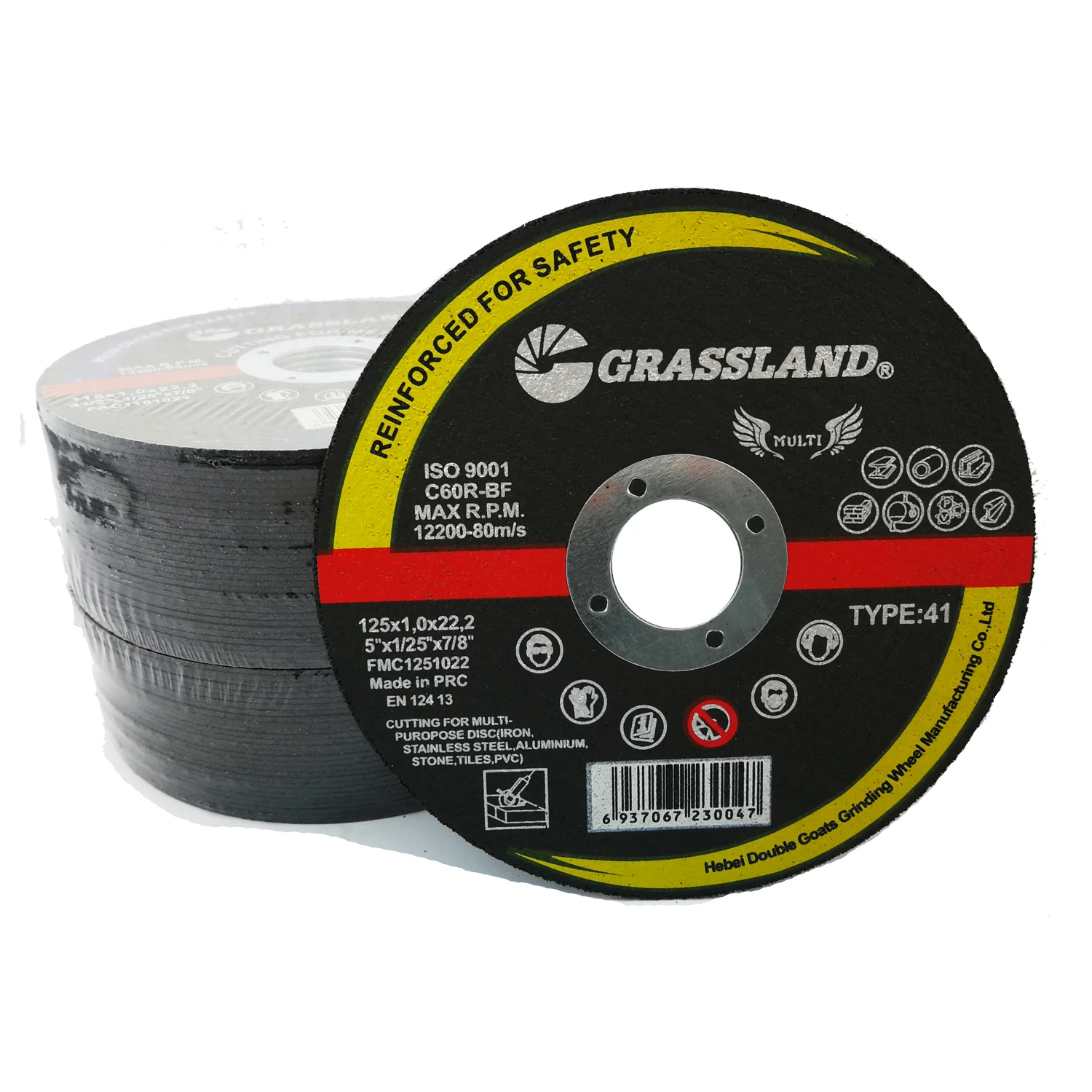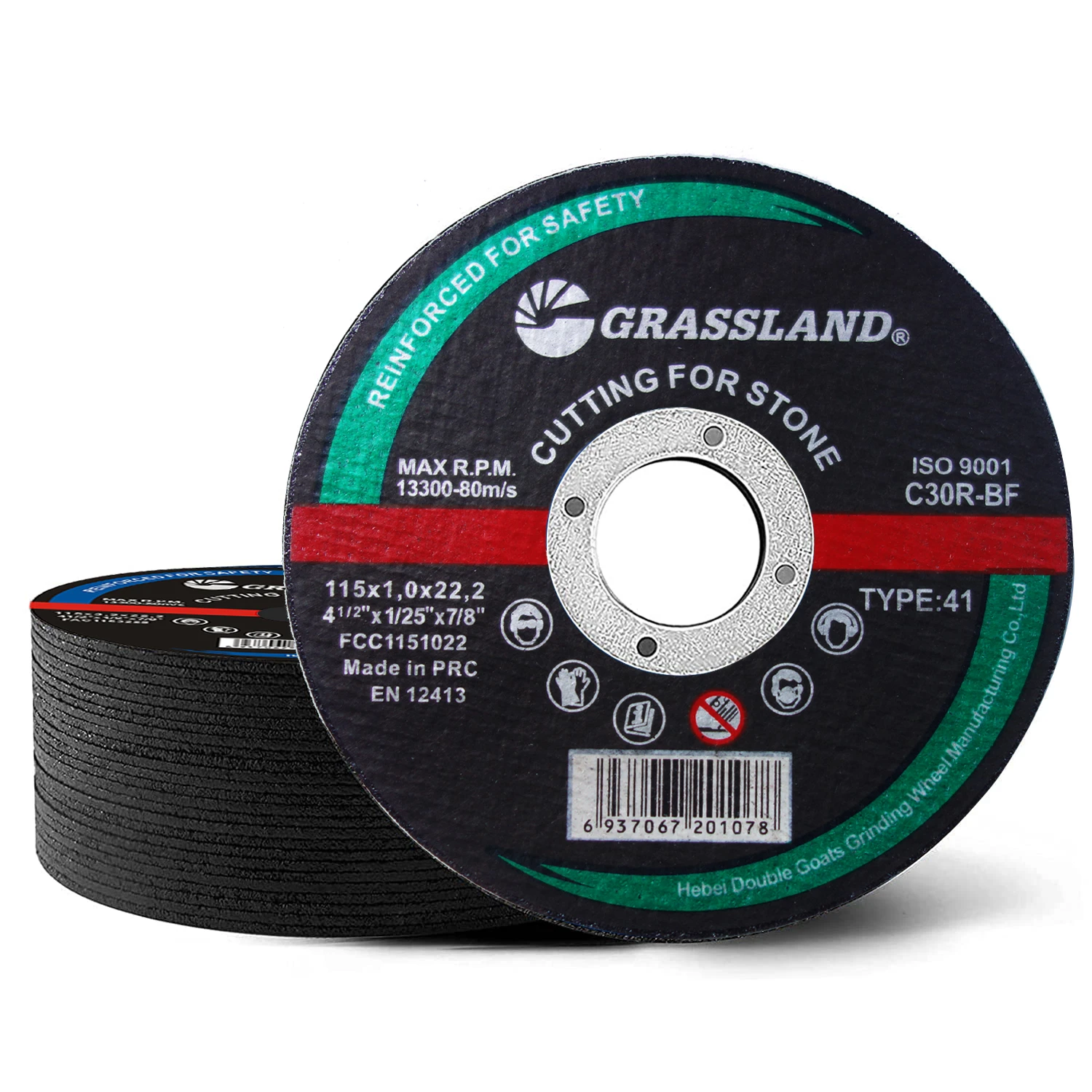Resin Bonded 125×3.2×22 Metal Cut Off Wheel: Real-World Notes from the Shop Floor
If you spend any time around angle grinders, you already have a feel for what a good resin cutting disc should do: start clean, track straight, and keep its edge longer than you expect. This 125×3.2×22 mm cut-off wheel from Hebei (No.88 Economic and Technological Development Zone Shucheng, Hejian, P.R. China) has been popping up on fabrication benches lately—and for good reason.

Industry trend, briefly
Shops are trading a bit of raw aggressiveness for stability, consistency, and safety certification. In fact, many customers say they’d rather have a wheel that gives 30–40 predictable cuts than one that’s “blazing fast” for five and then crumbles. The modern resin cutting disc leans on tighter grain grading, better fiberglass reinforcement, and stricter burst testing.
Product specifications (key data)
| Model | Resin Bonded 125×3.2×22 Metal Cut Off Wheel |
| Diameter × Thickness × Arbor | 125 mm × 3.2 mm × 22.23 mm |
| Abrasive / Bond | Fused alumina (A) / Phenolic resin (BF) |
| Grade / Grit (typ.) | ≈ A30–A36 T hardness (real-world may vary) |
| Reinforcement | Double fiberglass mesh |
| Max RPM | 12,200 rpm (80 m/s) |
| Applications | Carbon steel, structural steel, rebar; occasional stainless with a light hand |
How it’s made (short version)
- Materials: fused alumina, phenolic resin, fillers (e.g., cryolite), and fiberglass mesh.
- Mixing & forming: grains blended, cold-pressed around 200–300 bar into Type 41 (flat) profiles.
- Curing: staged bake to ≈180–200°C for bond crosslinking; then finishing and bore calibration.
- Quality checks: dimensional tolerances, static/dynamic balance, hardness, and burst speed ≥1.5× max rpm per EN 12413.
- Service life (shop notes): ≈30–60 cuts on 10–12 mm rebar; ≈20–40 on 3–4 mm stainless. Your grinder power and pressure matter—lots.
Field performance snapshots
In-house trials with a 900 W grinder, mild steel 20×20 mm bar: average first-cut time 8.1 s; wheel diameter after 25 cuts ≈103 mm; no glazing observed. On 304 stainless sheet (3 mm), cut time rose to ~11.9 s with modest burr—totally expected for a resin cutting disc at 3.2 mm thickness.
Where it fits
Metal fabrication, MRO, pipeline fit-up, small shipyard tasks, construction rebar trimming, and automotive bracket work. For thin-gauge stainless or non-ferrous, you might prefer a thinner 1.0–1.6 mm resin cutting disc to reduce heat tint.
Vendor comparison (indicative)
| Vendor | Origin | Mesh layers | Certs | Notes |
|---|---|---|---|---|
| Hebei Maker (this product) | China | 2 | EN 12413; internal burst tests | Stable cut, competitive cost; consistent bore finish |
| EU Brand (mid-tier) | EU | 2 | EN 12413 + oSa | Slightly faster start; higher price |
| Budget Import | Various | 1–2 | Varies | Can be aggressive but lifespan varies; check burst rating |
Customization options
- Grit/hardness: A24–A46, S–T hardness depending on cut aggressiveness vs. life.
- Reinforcement: double or triple mesh for heavy-duty conditions.
- Labeling and packaging: private label, barcode, shrink-wrap; palletization for export.
Real user feedback
“Holds together on long rebar runs.” “Not the absolute fastest, but surprisingly steady.” That’s the tone we keep hearing—exactly what you want from a general-purpose resin cutting disc.
Safety and standards
Comply with guard-on use, correct flange, and PPE. Look for EN 12413 on the label; many shops also follow ANSI B7.1 guidance. Balancing and vibration limits should align with ISO recommendations.
Citations
- EN 12413: Safety requirements for bonded abrasive products.
- ANSI B7.1: Safety Requirements for the Use, Care, and Protection of Abrasive Wheels.
- ISO 525: Bonded abrasive products — General requirements.
- ISO 21940 (balancing): Mechanical vibration — Rotor balancing.
Post time:Sep - 30 - 2025

















